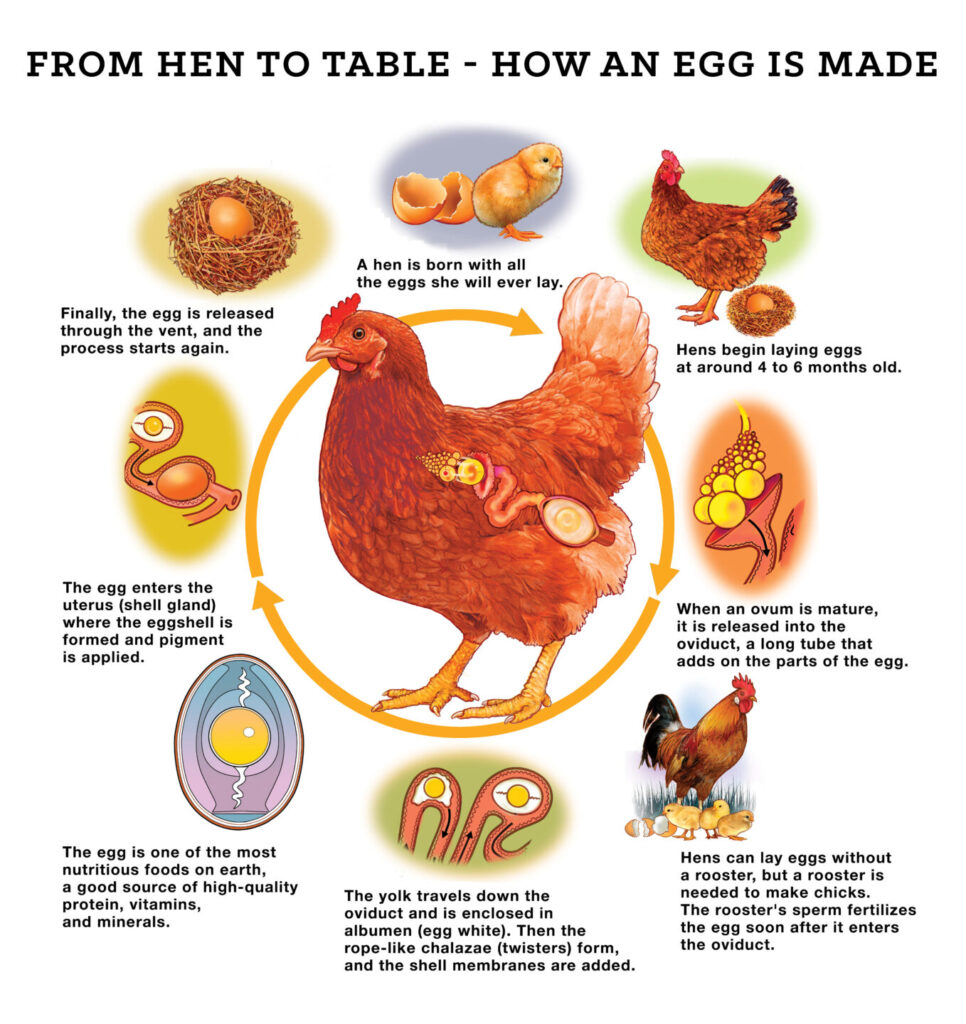
The sight of a fresh, speckled egg nestled in a nest is a beautiful reminder of the natural world. But have you ever wondered about the process behind this seemingly simple act? Does it hurt birds to lay eggs? The answer, thankfully, is no. Laying eggs is a natural and essential part of a female bird’s life cycle. In this article, we’ll delve into the fascinating details of how birds lay eggs, exploring the intricate process from ovary to shell formation and addressing common concerns about pain and discomfort.
This article will guide you through the stages of egg laying, starting with the initial development within the bird’s ovary and progressing through the oviduct where the egg is transformed into its recognizable form. We’ll examine the function of each section of the oviduct and how it contributes to shell formation. Finally, we’ll discuss the comfort levels of hens during this process and address any concerns about pain or discomfort.
Bird Egg Laying Process
The journey of an egg begins within the female bird’s ovary, where a yolk is formed from nutrients absorbed from her diet. This yolk, containing the genetic material for a potential chick, travels through a series of tubes known as the oviduct. The oviduct is a complex organ with distinct sections, each playing a crucial role in egg development.
The first section, called the infundibulum, is where fertilization occurs if sperm from a male bird is present. Next, the yolk moves into the magnum, the longest section of the oviduct, where the albumen (egg white) is added around the yolk. This protective layer provides cushioning and nourishment for the developing embryo.
Oviduct Function
The oviduct’s intricate design ensures that each egg receives the necessary components for successful development. As the yolk progresses through the oviduct, it encounters several specialized sections, each contributing to the final egg structure. The isthmus, following the magnum, adds two shell membranes around the albumen and yolk, providing an additional layer of protection.
The shell gland, also known as the uterus, is where the majority of shell formation takes place. Here, calcium carbonate is deposited onto the shell membranes, creating the hard outer shell that protects the developing embryo. The final section of the oviduct, the vagina, serves as a passageway for the fully formed egg to be laid.
Shell Formation
The process of shell formation is remarkable in its precision and efficiency. Calcium carbonate, derived from the bird’s diet and stored reserves, is transported to the shell gland where it is deposited in layers onto the inner shell membranes. This intricate layering process creates a strong and durable shell that protects the developing embryo from external damage.
The color and texture of the eggshell are determined by pigments present in the bird’s blood and the thickness of the shell layers. Some birds, like chickens, lay white eggs with brown speckles due to variations in pigment distribution. Others, like peacocks, lay vibrant blue or green eggs thanks to unique pigments in their shells.
Hen Comfort During Laying
While laying an egg is a natural process for hens, it’s important to ensure they are comfortable and well-cared for. Providing a clean, spacious coop with ample nesting boxes encourages hens to lay comfortably.
Hens instinctively seek out secluded areas for laying, so offering soft bedding materials like straw or wood shavings in the nesting boxes can enhance their comfort. Maintaining a consistent temperature and humidity level within the coop also contributes to hen well-being during egg laying.
Pain and Discomfort
Contrary to popular belief, does it hurt birds to lay eggs? The answer is generally no. While some hens may experience mild discomfort or pressure during the laying process, this is typically not considered painful.
The act of laying involves a series of coordinated muscle contractions that help move the egg through the oviduct and out of the cloaca. Any discomfort experienced is likely due to these contractions rather than pain.
Conclusion
Bird egg laying is a fascinating and intricate process, showcasing the remarkable adaptations of nature. From the initial yolk formation in the ovary to the final shell deposition in the uterus, each stage plays a crucial role in creating a viable egg for potential life. Understanding this process allows us to appreciate the complexity of avian reproduction and ensure that our feathered friends are provided with the best possible care during this natural cycle.
